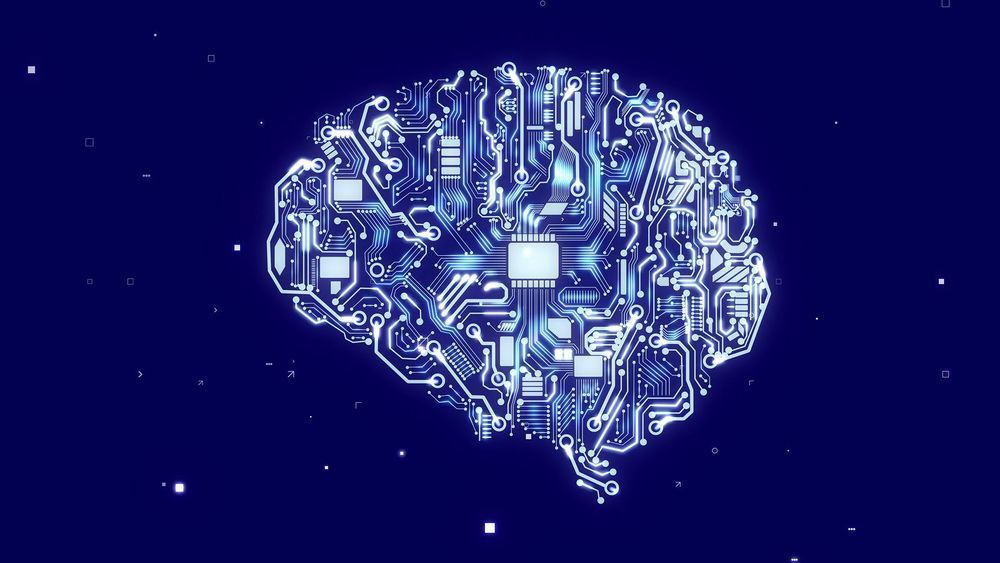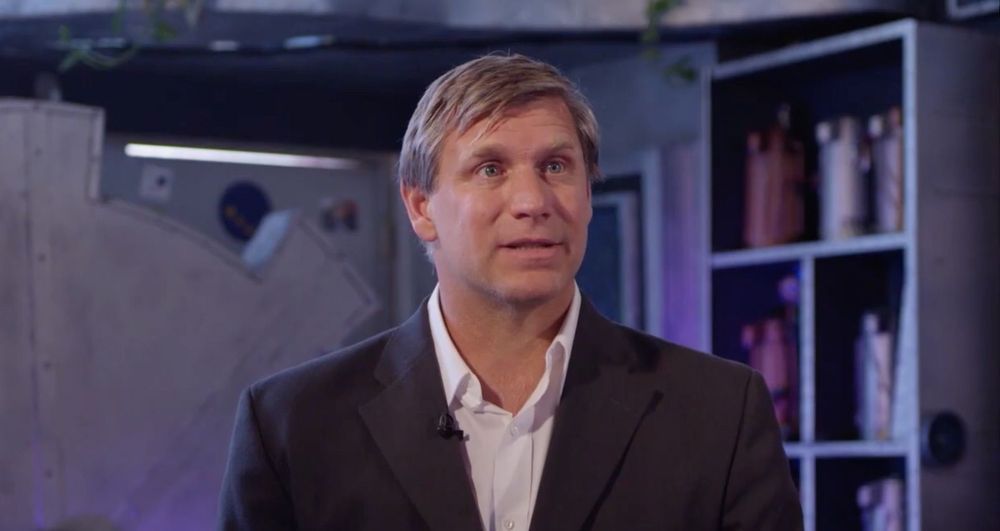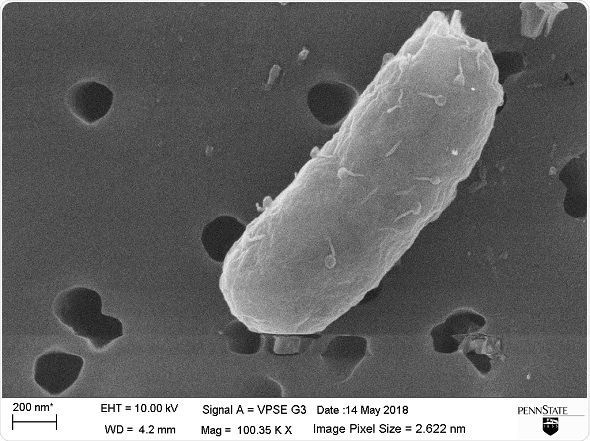On the degenerative disk disease and senescent cells from FightAging: “… It is just a pity that so few older people know this at the present time — the hundreds of millions worldwide who are suffering when perhaps they need not be…”
At this point, I suspect it will surprise no-one who follows the field to learn that the accumulation of senescent cells is a significant cause of degenerative disc disease. The evidence from a mouse study that is provided in the open access paper here doesn’t quite rise to establishing that claim, but it is compelling nonetheless. Given the role of cellular senescence in arthritis, a disease of localized chronic inflammation, it is logical to also expect a role in the degeneration of intervertebral discs, as this is also a condition of aging in which inflammation seems important.
Senescent cells, even while present in only comparatively small numbers, generate a potent mix of molecules that spurs chronic inflammation and is destructive of surrounding tissue structure. Fortunately early senolytic compounds, those shown to destroy a sizable fraction of senescent cells cells in animal studies, are cheap and readily available to anyone willing to try this self-experiment. It is just a pity that so few older people know this at the present time — the hundreds of millions worldwide who are suffering when perhaps they need not be.









